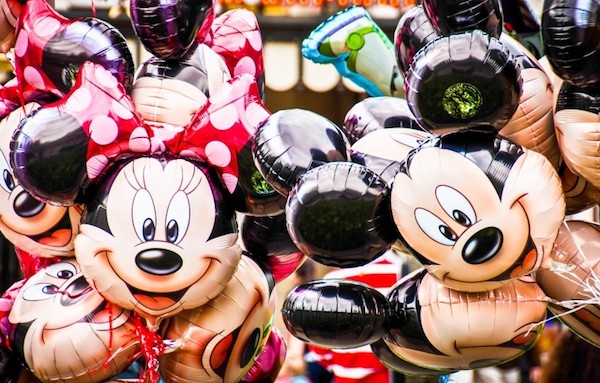by Michael G. Goldsby and Rob Mathews, authors of “Entrepreneurship the Disney Way“
Have you ever found yourself thinking that a mission is just a buzzword, and a mission statement is nothing more than corporate fluff? If so, you are not alone. But the sad reason behind this hasty judgment may be that for most companies, it’s true. Too many organizations lack a core mission that’s been well defined by a good mission statement. But as Disney executives are known for saying, if you don’t define your mission, others will define it for you.
The strength of an organization rests not only on the power of its mission but also its mission statement — to bring everyone together around common objectives. That’s something Disney’s leadership understands well. At Disney, the company’s mission not only holds deep historical meaning, it drives all business practices for everyone, inside or involved with the company. That includes every cast member, from executives to custodial staff and part-time attraction operators, as well as partners and vendors. The Disney mission statement is an archetype of how to write them. It has enabled the Walt Disney Company stay relevant, unlike many other iconic American companies.
Its corporate mission statement today:
“The mission of the Walt Disney Company is to be one of the world’s leading producers and providers of entertainment and information. Using our portfolio of brands to differentiate our content, services, and consumer products, we seek to develop the most creative, innovative, and profitable entertainment experiences and related products in the world.”
From word choice to focus, Disney’s mission statement is well worth breaking down. It contains powerful lessons for any organization:
Words matter.
The key words in this mission statement are “entertainment” and “experiences.” This mission statement also reflects the focus of its latest CEO, Robert Iger, on today’s key principles: “differentiate” and “profitable.” There’s a specific reason for these words as opposed to any others. As you drill into your own company’s mission statement, focus on the essential terms you need to include, and don’t settle for less than perfectly clear and powerfully specific.
Subsidiaries and divisions should have mission statements of their own.
Disney Parks, Experiences, and Consumer Products division has its own mission statement: “We create happiness by providing the best in entertainment for people of all ages everywhere.” The statement builds on the central of entertainment and experience — as in “happiness” — and also addresses market differentiation, offering complete family entertainment for people “of all ages everywhere.” Another key word here is “best,” which makes it clear to cast members and partners that the expectation is to keep delivering the most outstanding theme park, resort, and travel experiences in the world. Not only does this align with the corporate mission, it also matches Walt’s entrepreneurial dream and brand promise of over seven decades ago — to create “The Happiest Place on Earth.”
Always connect products, services and roles to the mission.
The mission statement should be central to the products, services and roles the company is providing and to whom they provide them. Too often, companies become derailed and disconnected from their missions while in the throes of seemingly mundane daily operations. Shifts in the contemporary market may also cause the company to lose sight of its mission. At Disney, customer experience is at the very heart and soul of the organization. Everything they do is designed to support the mission, even the janitor’s job — you can’t maintain the brand promise of creating happiness if the resorts and parks are dirty.
Keep focused to prevent mission drift.
Disney’s market-based approach is simple: profit is essentially a byproduct of providing exemplary customer service. Disney consistently delivers top-notch customer service in its parks and resorts. It also defines its customers as “guests” —and that’s how everyone in the company refers to them. Keeping everyone disciplined about terminology helps prevent the mission drift that plagues so many other companies. It’s also critical to the organization’s ability to deliver the best entertainment and vacation experiences available anywhere – for decades.
Disney’s mission statement has been specifically and thoughtfully crafted and re-crafted to carry on with Walt Disney’s promise while evolving to meet an ever-changing industry. And it’s working. The company’s theme parks around the world are still setting record attendance levels. Now Disney is going out on a limb to create a new Star Wars theme park and raise the prices of its tickets by up to ten percent. These initiatives are just as aligned with Disney’s mission as Walt Disney’s plan to build a theme park in 1955. What drives this company is the same thing that always did: happiness.
Michael G. Goldsby is the Chief Entrepreneurship Officer and Stoops Distinguished Professor of Entrepreneurship at Ball State University, USA. Rob Mathews is the Director of the Institute for Entrepreneurship and Free Enterprise at Ball State University, USA. Their new book is “Entrepreneurship the Disney Way“.
from Young Upstarts http://bit.ly/2V4f7cL via website design phoenix


No comments:
Post a Comment